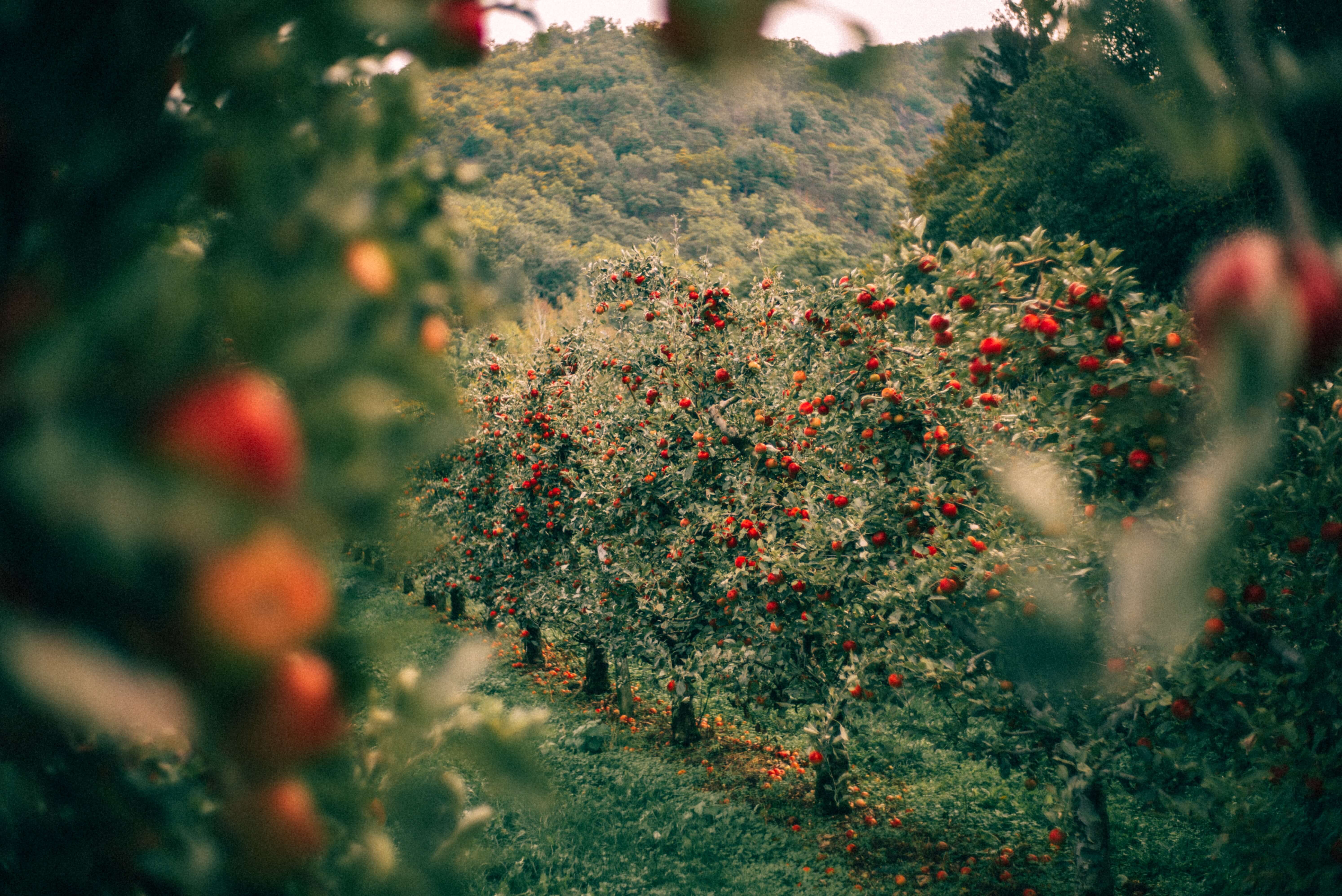Reflective Groundcover on Honeycrisp Apple Color
Introduction:
Hot temperatures and excessive solar radiation often increase the risk of sunburn for fruit, causing growers to turn to protective netting. However, protective nets often negatively affect fruit skin color development because less light penetrates the fruit through the nets. To counter this issue in red fruit, growers have been using reflective groundcovers. In this study, the researchers tested whether using these reflective fabrics for groundcover improve light penetration in the tree canopy under protective netting and help with fruit color in bicolored ‘Honeycrisp’ apples.Set Up:
This experiment took place in a commercial 5-year-old bicolored apple orchard located near Quincy, Washington, USA. The researchers tested two different types of reflective groundcover: a woven polyethylene fabric and a film material with a grassed control without reflective material. The protective netting used in this study reduced photosynthetically active radiation (PAR) by 17%. Light penetration to the Honeycrisp canopy was measured using Apogee quantum PAR sensors. When the fruit was harvested, fruit quality, yield, and size were assessed.Results:
The use of reflective groundcover in the orchard significantly increased reflected PAR into the lower canopy. Reflective groundcovers also significantly increased the amount of fruit with greater than 25% skin red color compared with the control. Reflective groundcover did not affect fruit weight, yield, or quantity.Conclusion:
Under protective netting, the red coloration of apples is improved through the greater light penetration in orchards facilitated by using reflective groundcover.
Image 2. Photo by Shelley Pauls; Bicolored 'Honeycrisp' apples
Application Summary

Image 1. Photo by Jörg Bauer; Apple orchard
Summary
To understand the effects of reflective groundcovers in orchards using protective netting, Apogee quantum PAR sensors were used to measure light penetration and fruit coloration in bicolored ‘Honeycrisp’ apples.
Apogee Sensor Used
Location
Quincy, Washington, USA
Authors
- Giverson Mupambi
- Nadia A. Valverdi
- Hector Camargo-Alvarez
- Michelle Reid
- Lee Kalcsits
- Tory Schmidt
- Felipe Castillo
- Jonathan Toye
Reference Article
